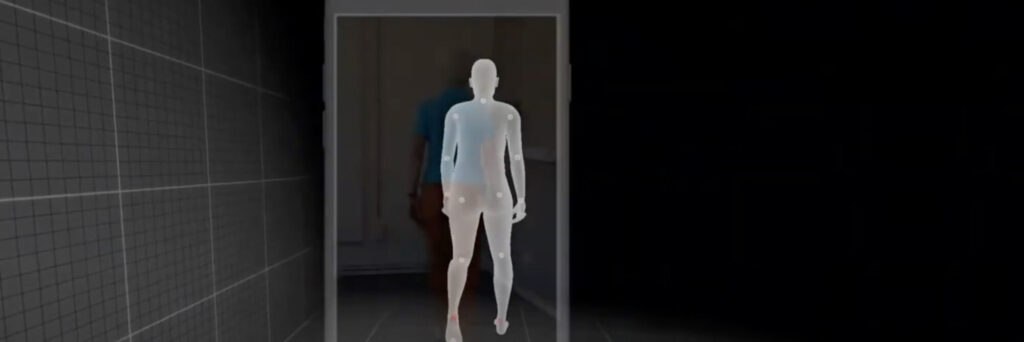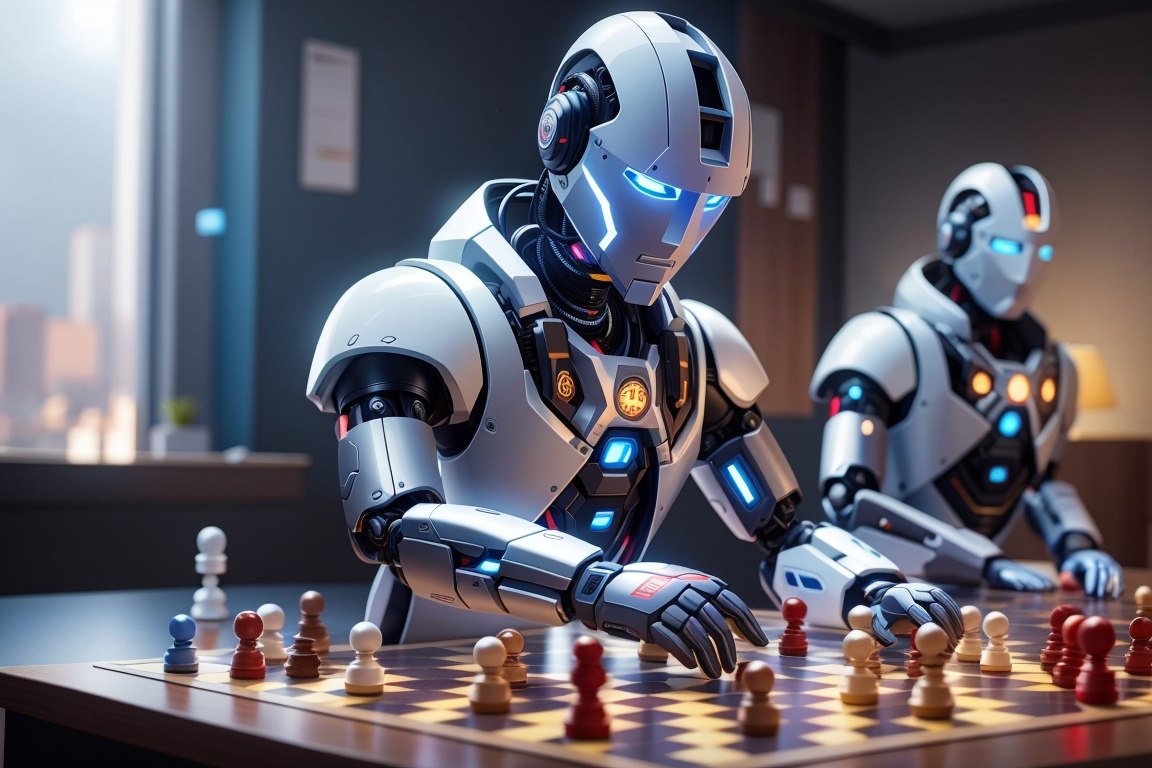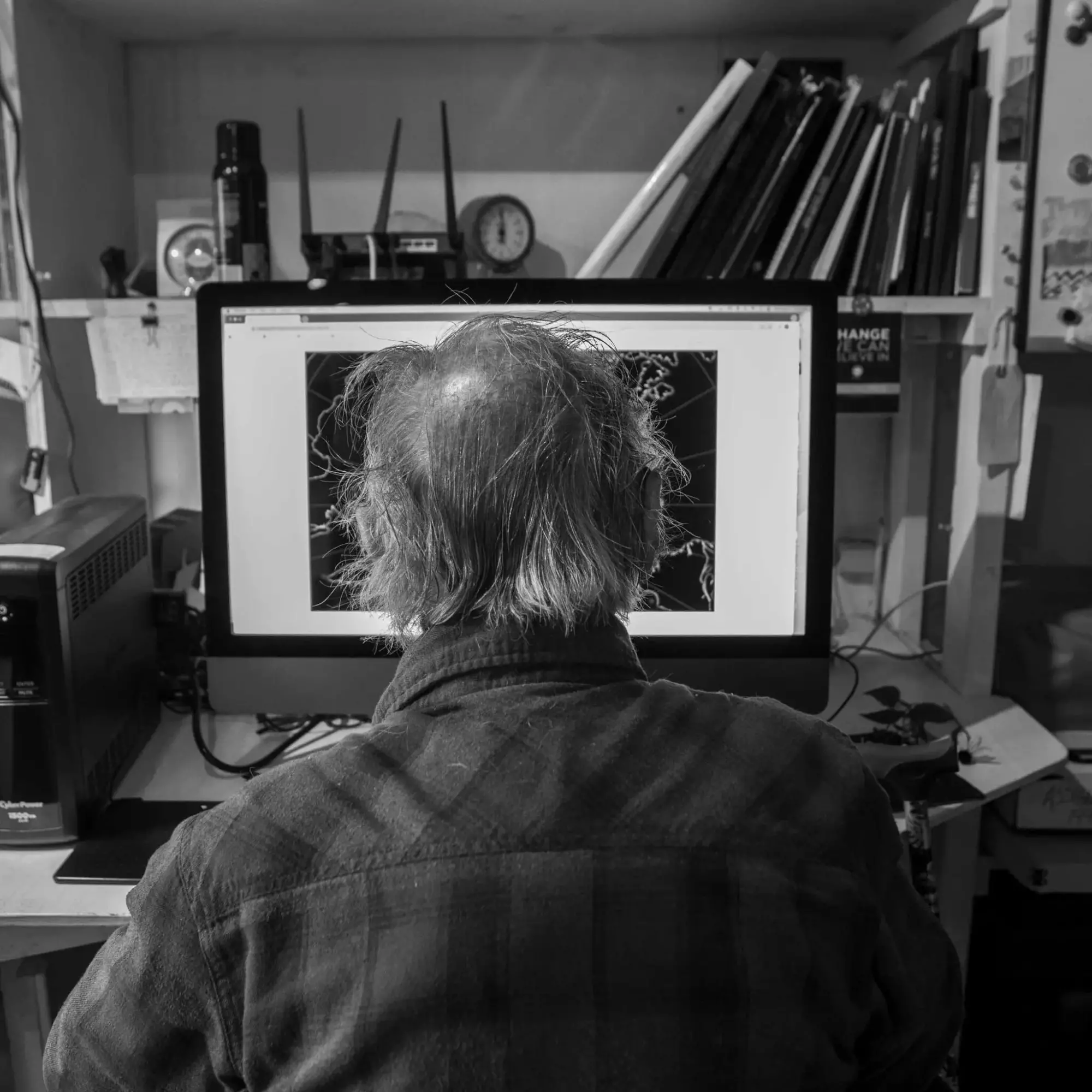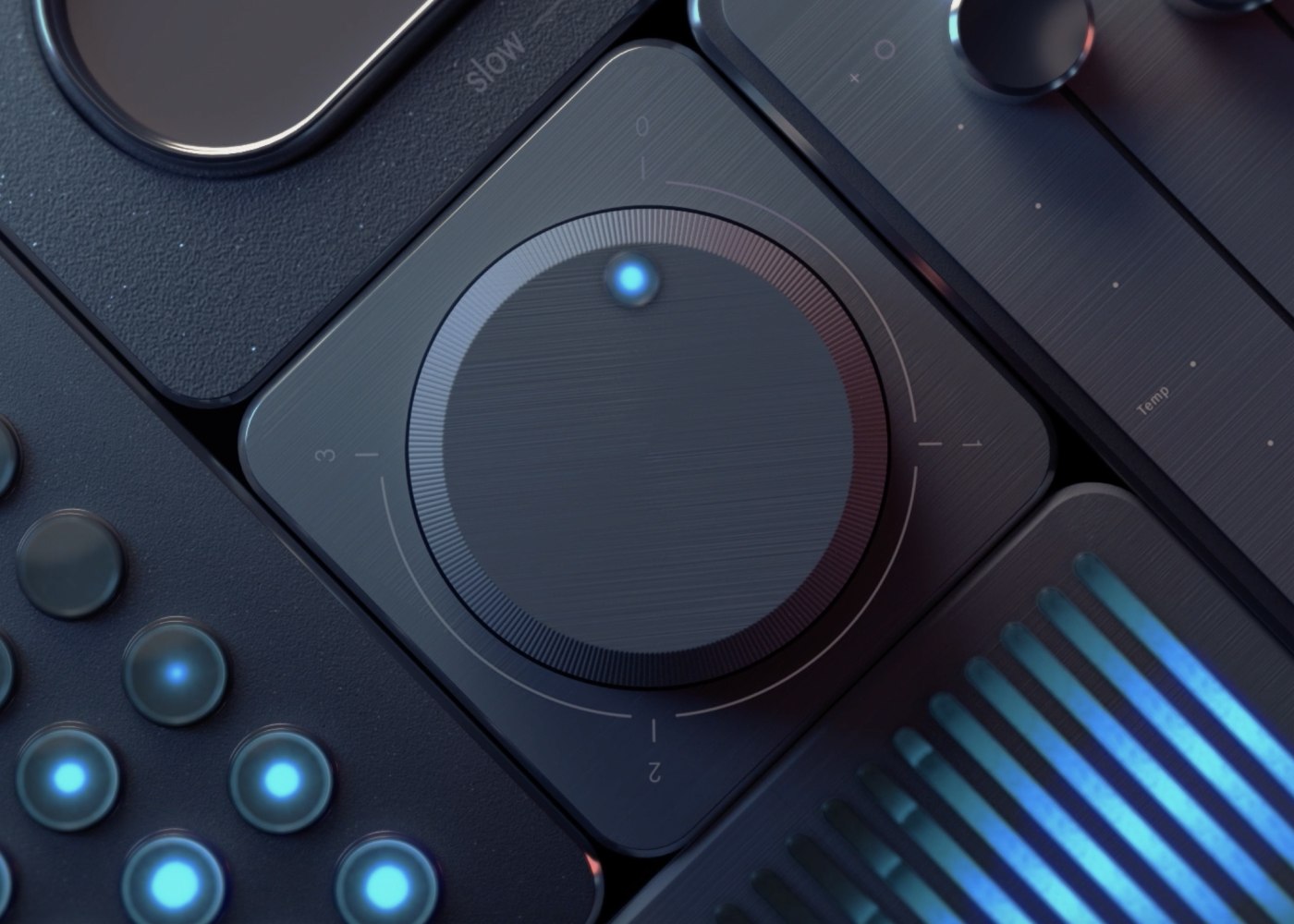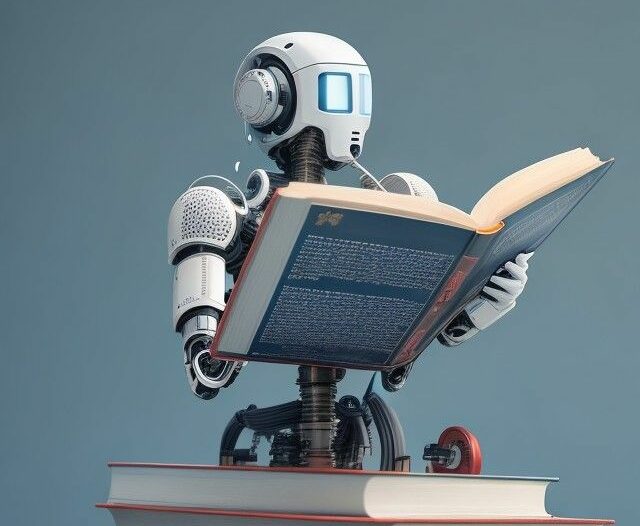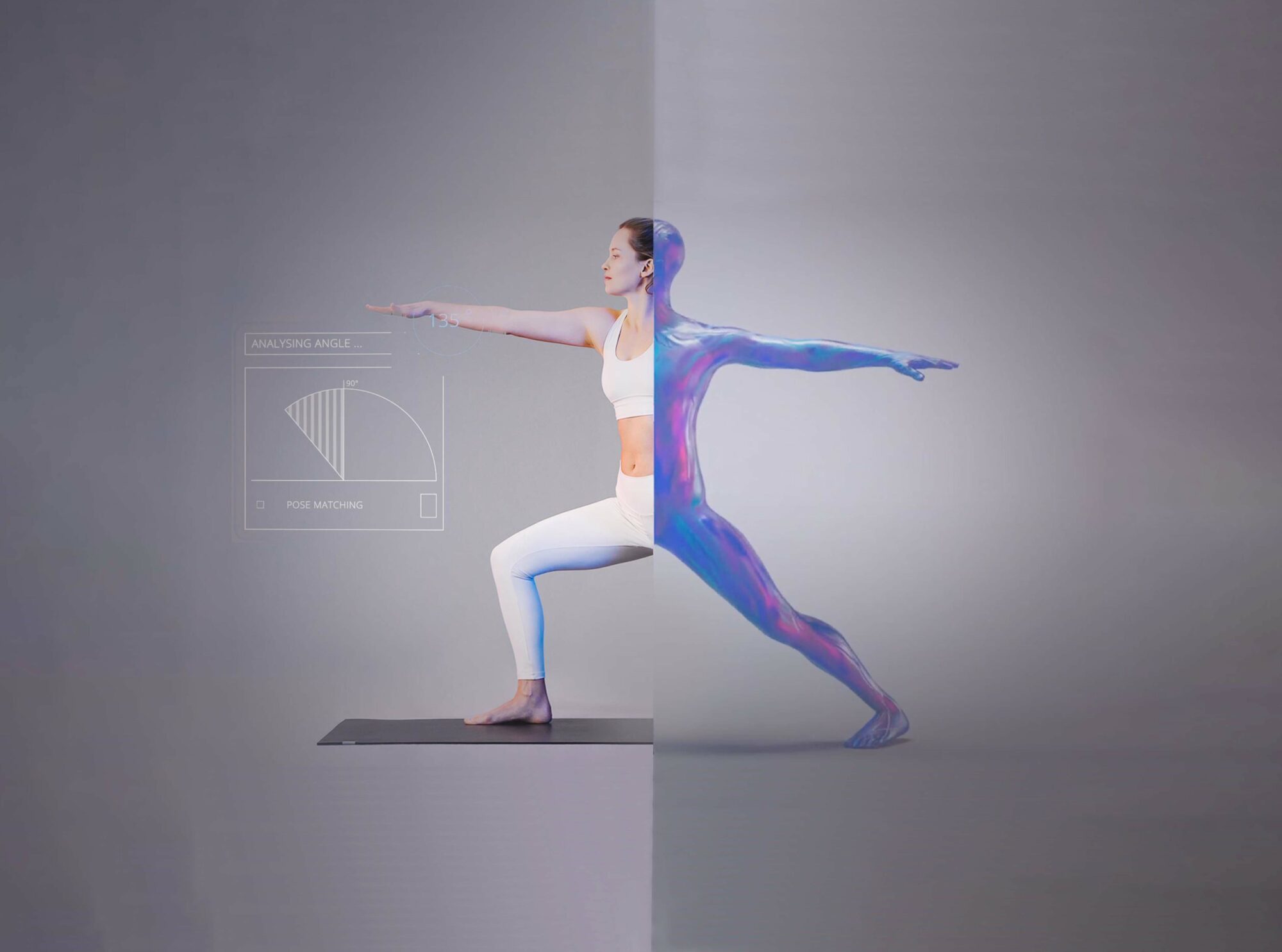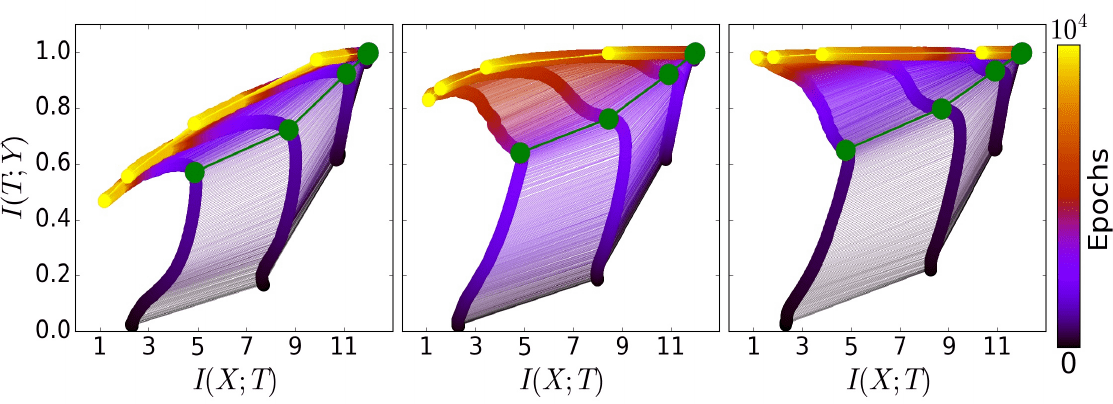
3D motion tracking for health and fitness apps
Human history is characterized by development and technological innovations that were quickly integrated into life and everyday living. We’ve been able to take pictures for almost 200 years, but they’re only getting smart for the first time now. At Lindera, we use the key technology of artificial intelligence and have developed an algorithm that uses a simple smartphone video to create a precise and anatomically correct moving 3D image of a person. We hereby digitize the gait behavior and make objective and comparable movement analyzes possible. The potential of artificial intelligence is enormous – but many people have reservations and are scared of possible risks. As a young technology company, we at Lindera see change as a good thing – be it the latest research and developments on AI, traditional algorithms, and data protection, or research on cognitive science, learning theory, and game theory. To achieve our goal of promoting, improving, and maintaining the individual physical mobility of people, our technological toolbox has been set up broadly, and we are constantly expanding it. We are open to any new tool that will bring us a little further towards our goal and meets the previous principles.
Thus, we also see AI as a tool and have developed five principles for the responsible use of technology.
The overall pipeline of the Lindera technology:
The algorithm has a modular structure, so that the specific algorithms can be exchanged in the respective modules.
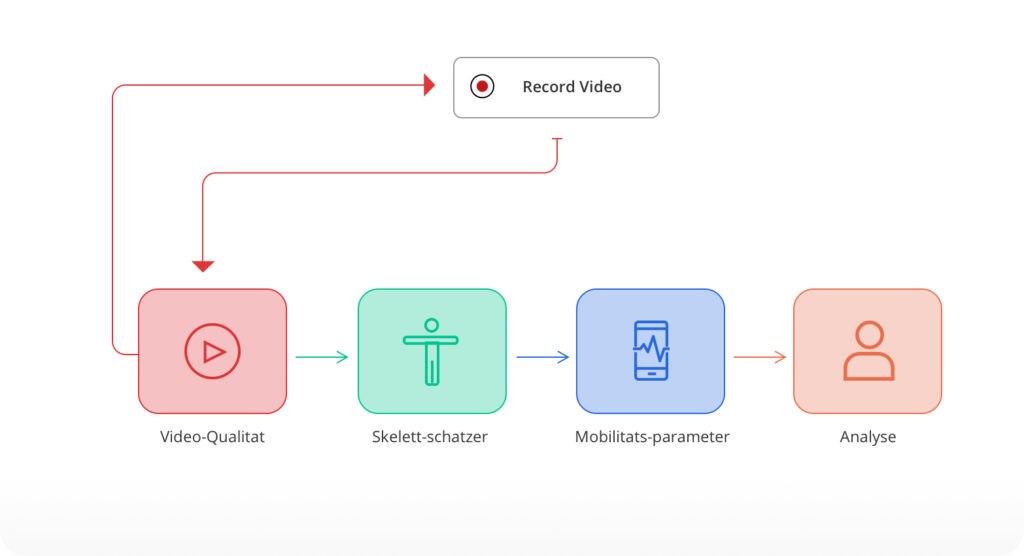
This module tests if the video is of the necessary quality to guarantee proper technical functioning of the next module, which assesses the skeletal properties.
The skeleton assessment module loads each frame of the video to make a three-dimensional assessment and depiction of the skeleton and joint coordinates of the person in the frame, with millimeter accuracy. This module employs neural networks specialized in image processing. These first extract a 2D image of the skeleton and transform it into a 3D image.
This module calculates various mobility parameters on the basis of the previously assessed joint data. On the one hand, these are comprised of gait parameters such as step lengths, step times, step speed, step heights, and cadence. On the other hand, the module calculates all the angle parameters of the joints, temporally resolved, over the entire video.
The analysis module generates an individual report based on the calculated mobility parameters.
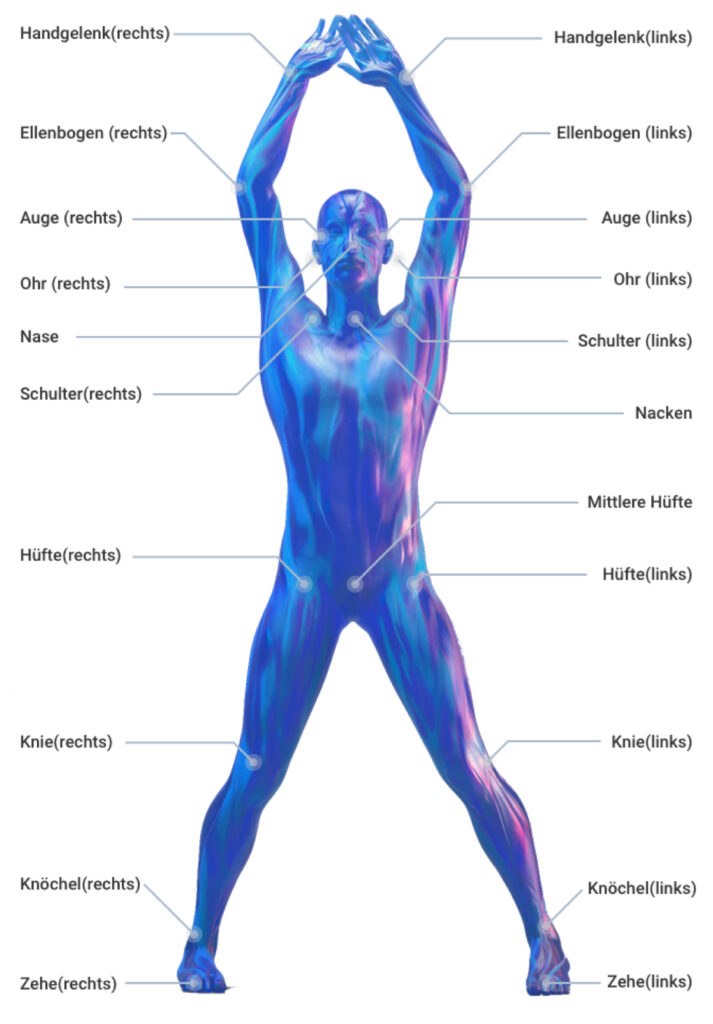
Precise and validated: The Lindera algorithm
The skeletal assessor plays a central role within the modular algorithm. The validity of the mobility parameters and the analysis depend to a large extent on the spatio-temporal precision of the skeletal assessor.
If we consider gait parameters such as step lengths left/right, step times left/right, the average gait speed, and cadence as examples of mobility parameters, then the GAITRite System, a carpet with sensors, has established itself as the gold standard of measurement accuracy in the clinical environment. In a collaborative study with the Berliner-Charité – Universitätsmedizin, we showed that the Lindera algorithm, compared to the GAITRite System, allows gait parameters to be yielded with excellent precision (A. Azhand et al., 2020, in review).
To achieve this degree of precision, a 3D skeletal assessor is absolutely necessary as part of the Lindera algorithm. Using a skeletal assessor in 2D is not sufficient.
3D unique characteristic for every smartphone and tablet
If we look at the result of a 2D skeletal assessor (see example image above), the result of the assessor after using an image as an input, is a list of N joints with two pixel coordinate points each on the image (x and y). However, this does not give us any information about the spatial depth (z). The person in the picture could be 2 meters away from the camera, or 5 meters. Moreover, since the estimated coordinates are output in pixel units, we do not have any anatomically correct information about the body, such as correct dimensions of the individual body parts up to the body size. Joint motions (e.g., knee bend) could be only measured by means of a skeletal assessor in 2D if the recording was made from a specific angle.
The latest skeletal assessors based on neural networks have learned to estimate depth information from images on the basis of millions of images with the associated skeletal sensor data as a ground-truth label. As the output of a 3D assessor, we now get a list of N articulation points for each image with coordinates in physical space (x, y, z) in meters (or millimeters). Combined with a kinematic optimization algorithm, which uses the actual body size as additional input information together with the estimated 2D and 3D skeletal data, we are able to determine anatomically correct skeletons in 3D.
Only with the assistance of this anatomically correct skeletal data is the algorithm successfully patented by us, to calculate mobility parameters that can output gait parameters with such high precision and validity.
